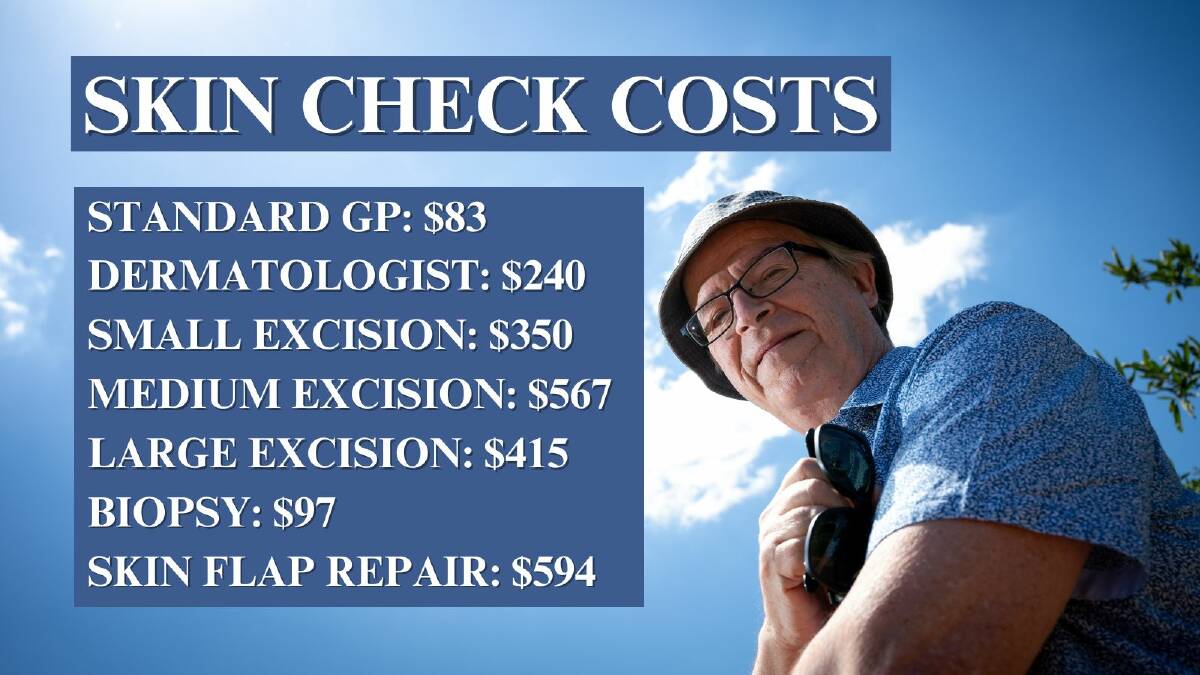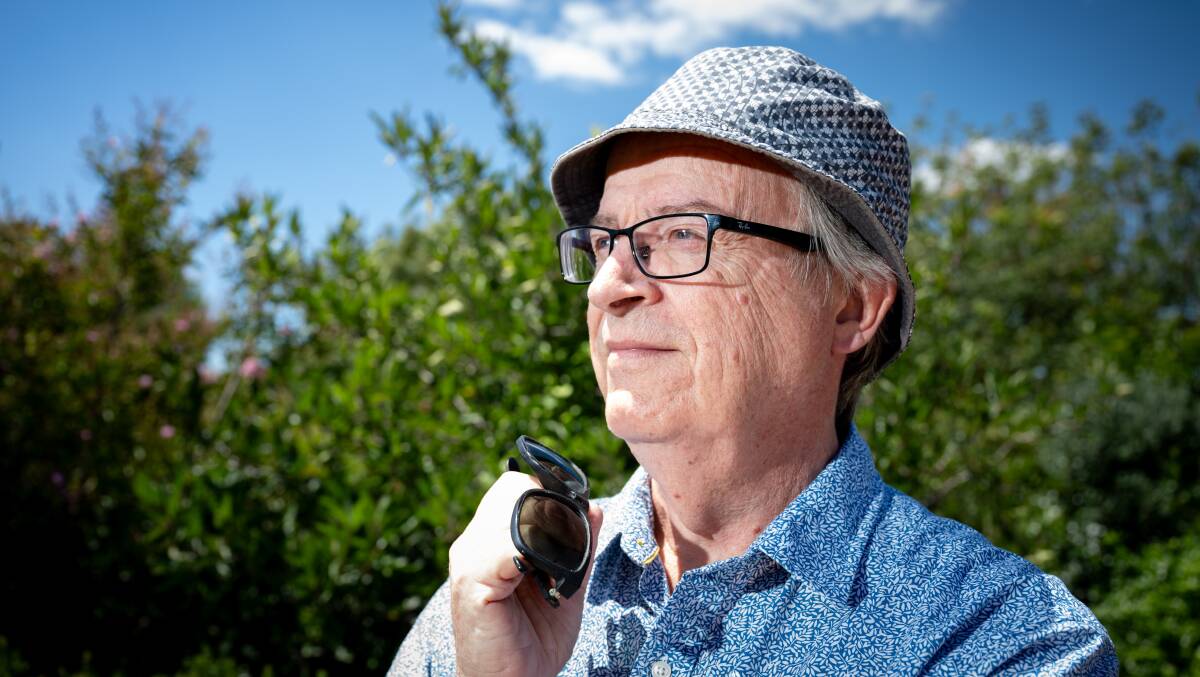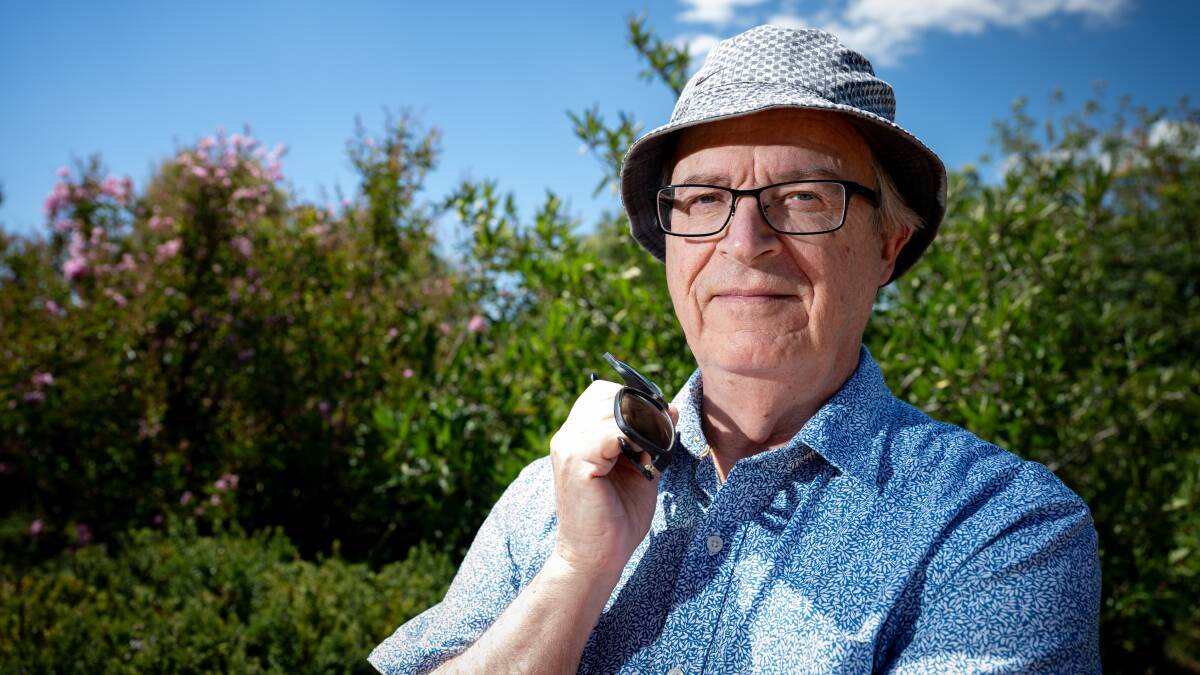Peter McLoughlin's three brothers have all had melanoma, a type of skin cancer.
That is why the retired teacher, from the Canberra suburb of Monash, paid $150 for a yearly skin check.
"There is a huge number of Australians out there who aren't getting the skin check because they ... don't think about it [or] couldn't afford to go," he said.
Two-thirds of Australians will get a skin cancer in their lifetime. Melanoma kills someone every six hours nationwide.
General practice and care
A skin check involves a doctor going over any suspicious moles or spots, or checking over a persons entire body.
High costs deter people from getting their skin checked, cancer epidemiologist Professor Anne Cust, of the University of Sydney and the Melanoma Institute Australia, said.
"These days, a lot of GPs don't bulk bill. I think time is also an issue, people don't get around to it," she said.

"In some regional and rural areas ... you can wait a month or more to get a GP appointment. So maybe [skin check appointments] get deprioritised."
Because dermatologists - skin experts - are expensive and have long waiting times, GPs are managing more skin cancer cases.
Only 6 per cent of dermatologists live and practice in regional, remote or rural areas, according to the Australasian College of Dermatologists.
All general practitioners are trained to assess the skin for cancer, Dr Cust said.
However, a 2022 report into melanoma said GPs are four times more likely to fail to detect lesions as dermatologists.
'Patients and carers indicated GPs could sometimes be dismissive of patient concerns," the report said.
"There is relatively limited training in medical school for dermatology and inconsistent uptake of diagnostic aids.
"[There are no] defined minimum standards for skin checks."
High costs
A patient will pay, on average, $300 out-of-pocket to have a doctor remove a medium-sized area of cancerous skin.
Because there is no Medicare item number specifically for skin checks, they are usually billed as a 15-minute standard or, less often, a longer consultation.
Skin check and cancer-related costs
- Standard GP appointment: $83
- Dermatologist initial appointment: $240
- Small excision: $350
- Medium excision: $567
- Large excision: $415
- Biopsy: $97
- Skin flap repair: $594
- Including Medicare Rebates
- Sources: Cleanbill, Department of Health and Aged Care
The average out-of-pocket cost for a standard appointment was $41.96 in 2023, according to Cleanbill data.
Seven per cent of Australians who needed to see a GP in 2022-23 delayed due to cost, Australian Bureau of Statistics (ABS) statistics showed.
This is double the year before, ABS health statistician Robert long said.
Surviving skin cancer
The earlier a skin cancer is detected, the greater likelihood of survival.
Nearly all people, or about 95 per cent, with early stage melanoma will live.
This drops to about 50 per cent for patients in which the cancer has spread throughout the body, Dr Cust said.
"The more you have skin checks, the more likely ... you are to get diagnosed with the skin cancer," she said.
"[And more likely] the melanoma will be detected at an earlier stage."
Who should get a skin cancer check?
Mr McLoughlin has a family history of melanoma and pale skin thanks to his English heritage.
These factors put him at a greater risk of skin cancer.
Others include red hair, overexposure to the sun and a history of using tanning beds.
Older people are more likely to develop a melanoma, but it is the primary cancer for 20-39 year olds.

Melanoma risk factors
- Fair complexion (green or blue eyes, skin that does not tan, blonde or red hair)
- Exposure to UV radiation
- Numerous moles
- Family history of melanoma
- Weakened immune system
- Exposure to harmful substances
- Source: State of the Nation: A Report into Melanoma
More research is needed to determine exactly who and how often people should get skin checks, Dr Cust said.
She said anyone concerned about spots on their skin should visit their general practitioner, she said.
"When you don't have anything concerning, then it's recommended that only people who are at high risk of skin cancer should get a regular skin check," she said.
"If you've previously had a skin cancer then [about] every year get a skin check."
Medicare rebate
Melanoma researchers Dr Georgina Long and Dr Richard Scolyer are 2024 Australians of the Year.
They have called for a free nationwide skin check program for people at high risk of developing melanoma.
Increasing Medicare rebates might also help skin checks be more affordable, Dr Cust said.

The Canberra Times sent questions to Health Minister Mark Butler.
The Department of Health and Aged Care responded.
"There is insufficient evidence to support a population-wide screening program for skin cancer," the department said.
"The Department of Health and Aged Care is continuing to consider the evidence for skin cancer screening, including alternative approaches to early skin cancer detection such as risk-based screening."
Government response
In response to a question on Medicare rebates, they said "medical practitioners are free to set their own value on the services they provide".
"Increasing Medicare benefits may not lead to a reduction in out-of-pocket costs for patients as some doctors simply increase their fees as Medicare benefits rise," they said.
READ MORE:
"These incentives were tripled on 1 November 2023 for the most common GP consultation items, and previous incentives continue to apply to procedural items, such as excisions."
In addition to the standard Medicare rebate, GPs receive a $20.55 rebate for concession-card holders or under-16s. This was the incentive that tripled last November.


